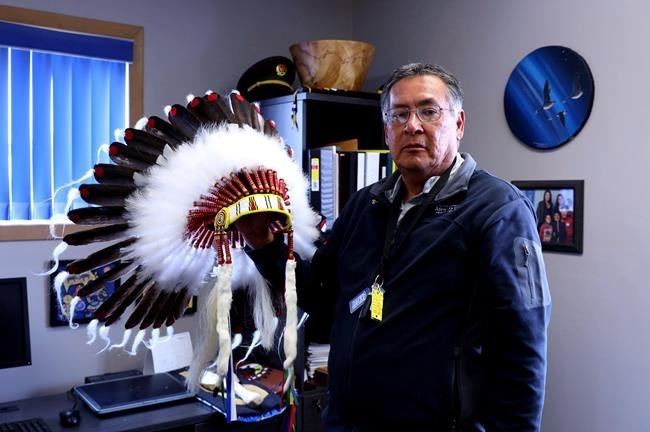OTTAWA — The Lac Seul First Nation of northern Ontario has won a key round in its long fight to be properly compensated for the flooding of its lands caused by construction of a dam.
In an 8-1 ruling Friday, the Supreme Court of Canada set aside a $30-million award and returned the matter to the Federal Court for reassessment, saying the initial analysis was flawed.
The case stretches back nearly a century to the 1929 creation of a hydroelectric dam to supply power to Winnipeg under an agreement between Canada, Ontario and Manitoba.
The project involved raising the water level of Lac Seul by about three metres to create a reservoir.
It proceeded despite repeated warnings about damage the flooding would cause to the Lac Seul First Nation reserve, and without lawful authorization or the consent of those affected.
Almost one-fifth of the best land on the reserve — more than 4,500 hectares — was permanently flooded, destroying homes, gardens and wild rice fields and submerging gravesites.
As a result, one part of the reserve became an island. Fishing, hunting and trapping suffered. Despite the sacrifices made by the First Nation in the name of generating more power, the reserve did not have electricity until the 1980s.
The Supreme Court said Canada breached its obligation to preserve and protect the Lac Seul First Nation's interest in the reserve, which included a duty to negotiate compensation on the basis of the value of the land to the hydroelectricity project.
Lac Seul Chief Clifford Bull called the decision a historic victory made possible by the determination and perseverance of former chiefs, councillors, advisers and elders who have now passed on.
"Finally, our Nation will achieve justice for the illegal flooding that has caused so much devastation for our people," he said in a statement. "We have waited for this day for almost 100 years. Now we can begin to rebuild and heal."
The case's lengthy journey through the courts began when the First Nation submitted a claim for flooding damages in 1985, and six years later Roger Southwind filed a civil claim in Federal Court on behalf of the Lac Seul Band of Indians.
The trial judge concluded that because Canada was authorized to expropriate the land for a public work under the Indian Act provisions in force at the time, the land should be valued based upon an expropriation in 1929, the Supreme Court noted.
On this basis, the judge found the First Nation was not entitled to moneys for any value that the land held for the hydroelectricity project.
"In my view, this approach to equitable compensation for breach of fiduciary duty is flawed," Justice Andromache Karakatsanis wrote on behalf of a majority of the high court.
It is inconsistent with the unique nature of the Indigenous interest in reserve land and the devastating impact of the flooding on the Lac Seul First Nation, Karakatsanis wrote.
"It does not reflect the honour of the Crown nor serve the overarching goal of reconciliation.
"The trial judge improperly focused on what Canada would likely have done, as opposed to what Canada ought to have done as a fiduciary," she said.
"The fiduciary duty imposes heavy obligations on Canada. The duty does not melt away when Canada has competing priorities."
This report by The Canadian Press was first published July 16, 2021.
Jim Bronskill, The Canadian Press



